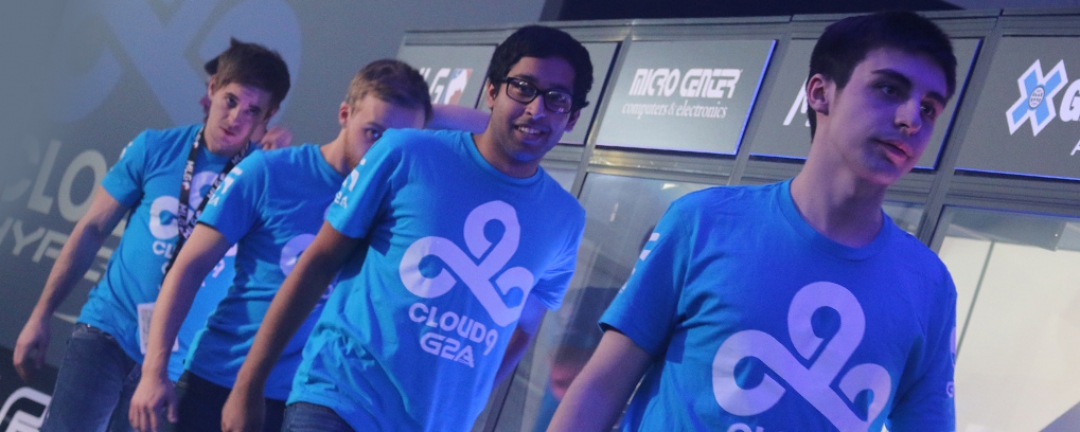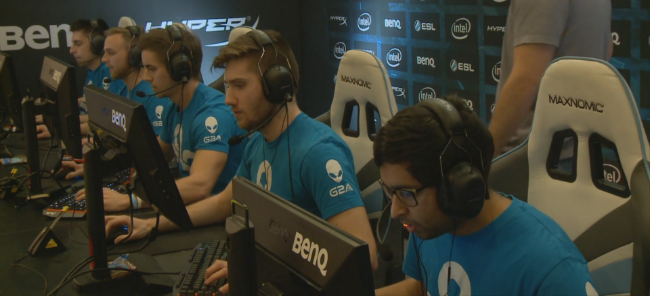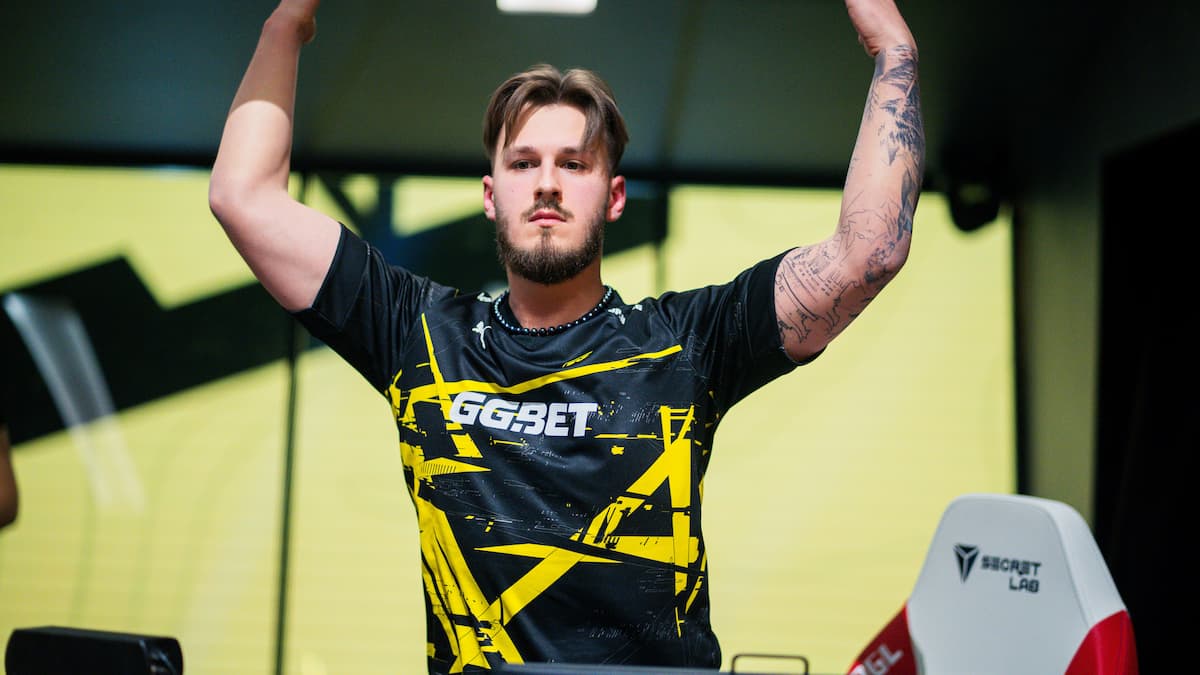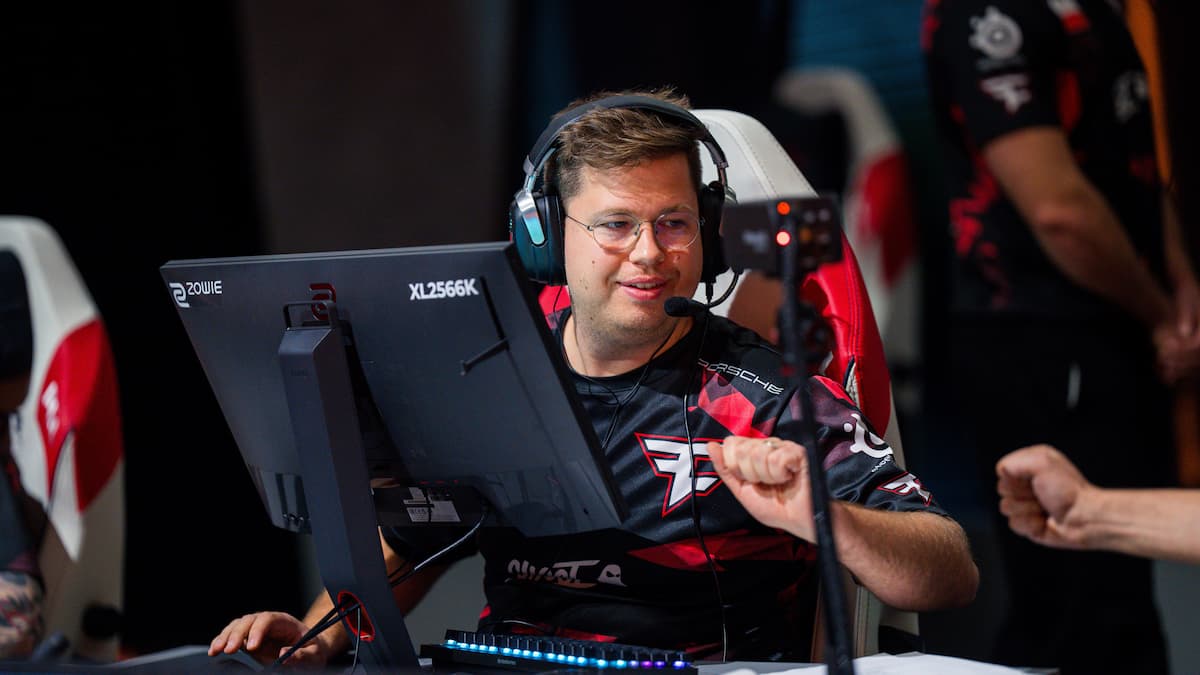Starting after their lackluster performance at Dreamhack Winter 2014, there have been many arguments given about why Cloud 9 went from a top competitor, managing to take BO3s from world class competitors and losing by little margins against top 3 teams, to going out of groups at majors. These arguments have been even more in depth discussed after their second group stage defeat in a row at ESL One Katowice 2015, where after a tight victory against Team SoloMid, they found themselves defeated by the home team of Virtus Pro, and then defeated in the decider match by TSM, in a game that was started well, with 6 rounds on T-side Overpass, but ended with the collapse of their CT-side, where they barely scraped a few rounds. But where did they go wrong, and where could they improve?

Communications
While this is an accusation that is thrown around a lot, it is undeniable: the communication of North American teams is simply lackluster compared to that of their European counterparts. It is generally excessively emotional, as well as convoluted or even, at times, straight up confusing. This is evidenced in that of Cloud 9, who often give into yelling calls at each other or misunderstanding them, as well as on the fly explanations that should be unnecessary to a top level team. A simple cleanup of the way the team communicates mid-round would be enough to bring their level of play to a much better level, considering the mid-round strategy itself seems to have been a problem of their for a while.

ShahZaM
There is nothing wrong with ShahZaM as a player in the team, or with whether he was a good replacement for Hiko or not. While it cannot be yet said whether he is an upgrade, he has been so far worthy of playing in a team of this level. The problem with ShahZaM is his incredible level of inconsistency and importance to the team’s success, similar to those of KennyS in his Clan-Mystik days in early 2014, where his AWPing skills could single handedly decide matches. C9’s AWPer has been in fact the most valuable player on the team in many of their harder victorious matchups, as well as the catalyst to their crumbling in their most crushing defeats. During MLG Aspen 2015, his sniping abilities were crucial to the team’s success against NiP, who were fresh out of a major final and would go on to place 2nd at the same event. And even in Katowice, his lockdown of Outside on Nuke was the keystone to the defense that Cloud 9 managed to put up against TSM’s attacks, resulting in an American comeback and victory. But in the same way, just a few hours later, in the group stage decider match against the same team, he was missing the important shots and not playing to his fullest potential, making his team lack a vital part of a standard Overpass CT-side. ShahZaM’s performance is too important to the success of Cloud 9, in their local games but even more in their international showings: either that changes, ShahZaM’s inconsistency does, or the team has to build their setups in such a way that their AWPer’s impact can be maximized.

Strategy and Game Plan
The problem does not lie in Cloud 9’s T-side executions themselves, as those have proven to be effective even against teams such as Virtus Pro, and the IGL himself is not the core of the problem either, since sgares, even with a relatively low fragging impact, has been able to lead the team better than semphis could, and even if one were to propose a player swap, there just is not an IGL in NA who is experienced enough to play at the top level internationally. The problem lies in what strategies, on both sides, are called, as well as when and how. On the CT-side, the setups tend to be very simple and reliant on individual performance, one of the reasons why they can become ineffective when the players are not hitting the shots that matter but lock down the sites when they are. However, the major problem is found on their T-side. Strategies are not always clear to the entire lineup and again require several mid-round explanations, and the high frequency of force buys ends up crippling their economy several times throughout a game. These decisions can throw off the enemy’s own strategies as they are often unexpected, but teams, especially the European ones, have started to catch up to the unpredictable playstyle that brought this lineup many victories in the past, and it has gotten to the point where it just doesn’t work enough for it to be the heart of the team’s tactics. What Cloud 9 needs to address is simply the strategic flowchart to follow during a match, and maybe begin to play more conservatively and let those sparks of insanity be more brilliant, uncommon ones.
Photo Credits: Fragbite, @C9ShahZaM, GosuGamers






Published: Mar 14, 2015 07:33 pm